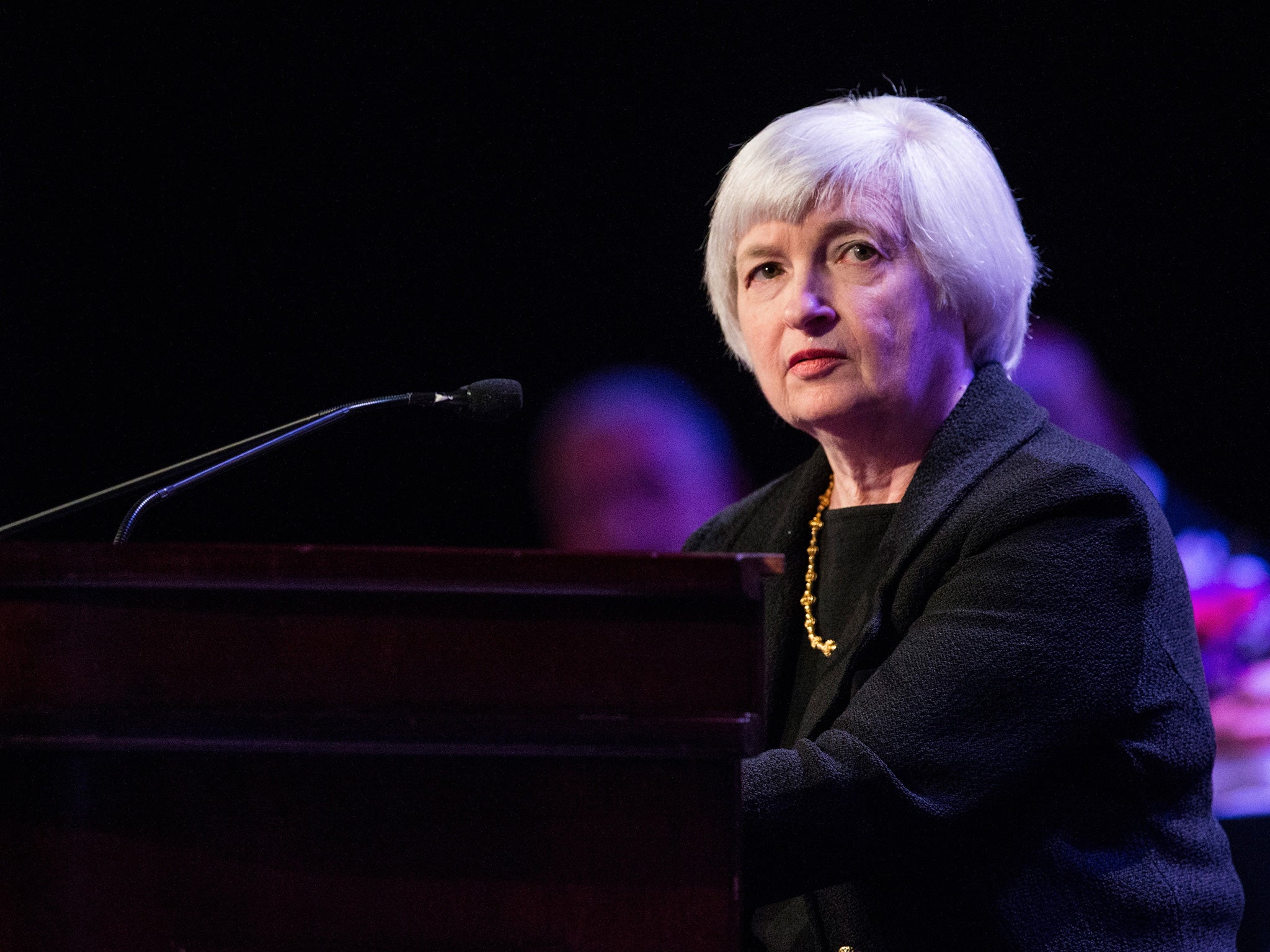Satyajit Das: Central banks need to talk a lot less and act a lot more
Das Capital: European central bankers lead the world in policy linguistics

On Roxy Music’s “Re-Make/Re-Model”, Bryan Ferry confessed that he “could talk talk talk talk myself to death”. Taking their cue from him, central bankers have become excessively chatty. Research confirms the increase in the length and complexity of the US Federal Reserve’s statements, parallelling the rise in the size of its balance sheet.
Facing intractable problems and difficult choices, politicians have abnegated economic leadership to central bankers. With limited policy options available, central bankers have resorted to “forward guidance”: a tautology, as any guidance must be about future events. They now communicate commitments on future interest rates, liquidity provision or quantitative easing (QE) and currency values over a medium to long-term horizon.
Forward guidance suffers from a number of weaknesses. Focus on any single or narrow set of indicators, such as unemployment or inflation, is not meaningful. Forward guidance relies on the accuracy of central bank forecasts. Guidance is highly conditional. Central bankers have no “skin in the game” – their tenure or remuneration is not linked to outcomes. An unanticipated trigger event can lead to a sudden response or policy change. In January 2015, the Swiss National Bank’s decision to abandon its currency peg highlights the problem. It created volatility and uncertainty, precisely the opposite of the policy intention.
Forward guidance increasingly confirms John Maynard Keynes’s fear that “confusion of thought and feeling leads to confusion of speech”.
The Fed committed to keeping rates low until the unemployment rate fell below 6 per cent. In early 2014, the Fed changed the unemployment target to a non-binding indicator. In May 2014, the full-employment goal was changed to cover the “disadvantaged”, including long-term unemployed and workers forced to work part-time. The Bank of Japan and European Central Bank targeted 2 per cent inflation, despite the fact that actual inflation was near zero and proving unresponsive to traditional policies.
In March 2014, at her first press conference, the new chair, Janet Yellen, stated that the Fed would not increase interest rates for a “considerable time”. In December 2014, the Fed announced it would be “patient”. Now the word patient has been jettisoned, although Ms Yellen has warned that not being patient is not the same as being impatient.
European central bankers lead the world in policy linguistics. Mario Draghi’s July 2012 statement that the ECB would “do whatever it takes” is credited with stabilising money markets and reducing borrowing costs of eurozone countries without requiring any actual intervention.
In October 2013 he was ready to consider all available instruments, a message repeated in November and again in December. In January 2014 he stated that he would take further decisive action if required. In February and March, despite the lack of actual initiatives, he again vowed to take further decisive action if required. In April and May, the ECB undertook to act swiftly if required. Forced finally to announce new measures in June 2014, Mr Draghi finished with a rhetorical flourish: “Are we finished? The answer is no.” By November, he was recycling 2012: “We must do what we must”.
In January 2015, announcing the eurozone version of QE some six years after the global crisis and five years into the European debt problems, Mr Draghi did not acknowledge any errors. A year earlier at the Davos World Economic Forum, he had dismissed warnings of deflation and stated that QE was out of the question. The president now thought that the programme demonstrated his personal and the ECB’s credibility. In March 2015, even before the programme had actually commenced, Mr Draghi pronounced it a complete success.
With Greece tottering on the edge of an inevitable default, the ECB president reached back into his repertoire at the IMF meeting in April 2015, in Washington. He dismissed risks of contagion as he had enough instruments. What they were, like much in Mr Draghi’s statements over the past few years, remained unspecified.
Ultimately, it will not be the words but the potency of central bank weapons and actual actions that will determine the impact on economic activity. With fiscal policy constrained and monetary policy stretched, the real problem is limited available options, with central banks forced to experiment with techniques of unknown efficacy and potentially toxic side-effects, including direct intervention in markets and pricing mechanisms. Increasing reliance on forward guidance is only drawing unwanted focus on the limitation of central banking instruments and policy.
Ferry believed that he was wasting his breath by talking too much. Central banks may be doing the same.
Satyajit Das is a former banker and author of ‘Extreme Money’ and ‘Traders, Guns & Money’
Subscribe to Independent Premium to bookmark this article
Want to bookmark your favourite articles and stories to read or reference later? Start your Independent Premium subscription today.

Join our commenting forum
Join thought-provoking conversations, follow other Independent readers and see their replies